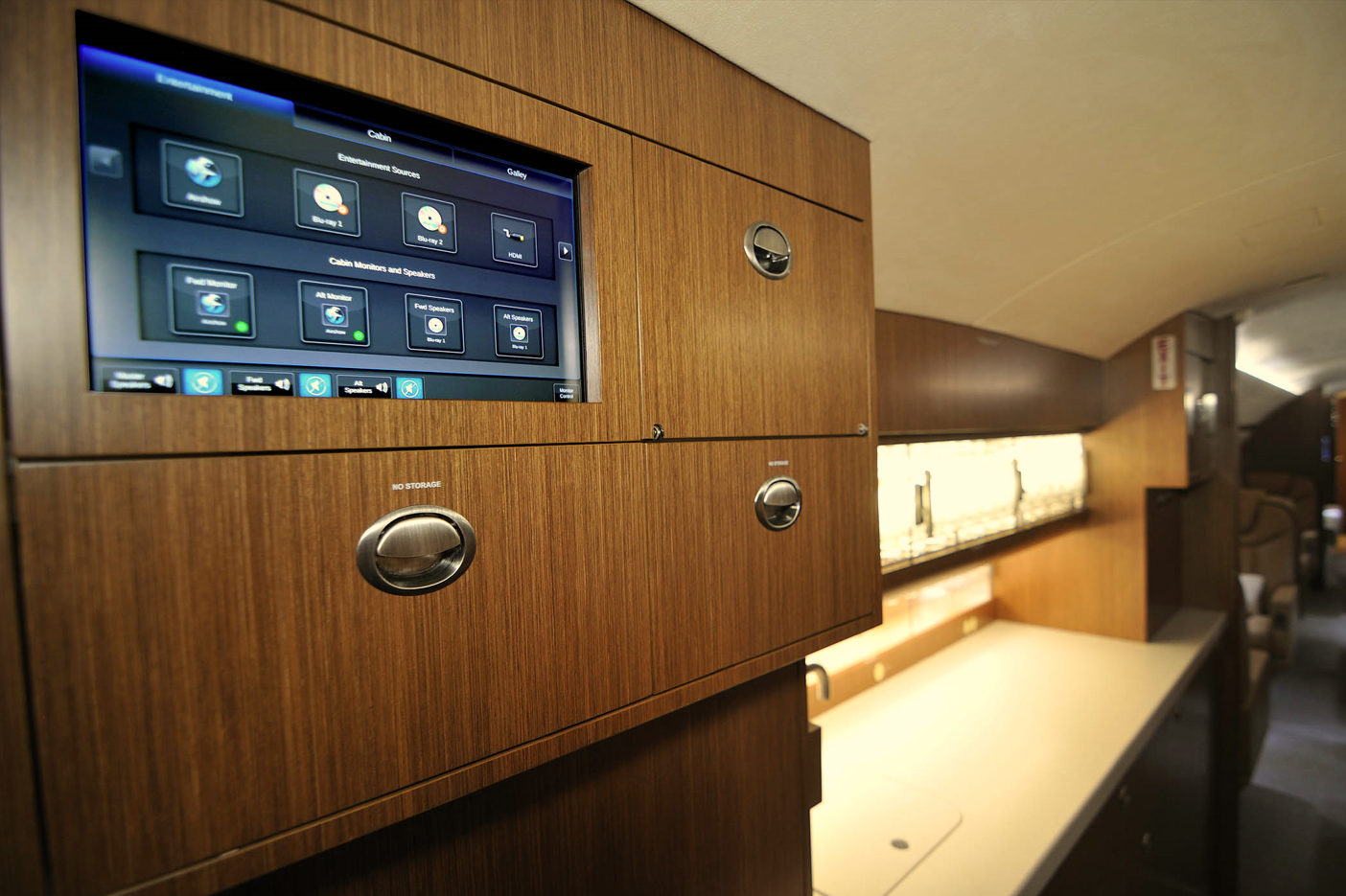“The Demystification of Aviation” (Part One of Two)

“I’ve always loved airplanes and flight. The space program was really important to me as a kid. I still have a photo of Armstrong and Aldrin on the moon in my living room.” – Bill Nye, 1998.
In the last hundred years, the aviation industry has taken a tumultuous journey to stand where it is today. On the technical side of things, there has been no shortage of brilliant advancements in flight and, by extension, space travel. We, as a culture, have reached the point today where rockets are being sent to Mars and back, but no one seems to pay much attention to it anymore. At least, it does not resemble the once rampant societal interest in the world of flight. Now, employment in the aviation industry is suffering, and its reputation has taken a backseat in the public eye.
During the ’50s and ’60s, at the height of the Cold War, the Space Race between the U.S. and Russia was at the forefront of patriotism and cultural interest. Deciding to conquer the skies and beyond opened a new frontier for humanity. This created a nearly mystic wonder for aviation and space travel. This cutting-edge impossibility piqued the interest of endless people, giving hope and dreams to youth across the globe. Simultaneously, commercial air flight was becoming more popular and commonplace than ever before, opening the gates of public interest to previously unseen levels. Airplanes and jets were sleek, new, and sexy. At this time, the awe around commercial flight and space travel inspired many to pursue a career in the aviation industry.
As time passed, however, our exposure to this wondrous new world slowly adjusted the culture to becoming used to such vast innovation. Planes were now seen as a part of the norm, as they were fully integrated into everyday life. Forever gone are the days of airline passengers in fancy suits. It was simply no longer seen as a luxury. Unfortunately, many factors caused a dip in people pursuing aerospace as a career path. This has put a damper on the industry, as countless businesses are struggling to find qualified employees to fill the need to service the high demands for general and business aviation.
The opportunities in the aerospace industry outweigh the available options for workers in many other fields. AOPA provided statistics that the worldwide demand for Pilots, Technicians, Cabin Crew, and support personnel will be in the millions over the next 10 years. Unlike most industries, where more schooling is often required to move forward in your career, aviation is an industry where those who start out in entry-level positions can take steps towards more substantial roles without the stress or financial burden of additional degrees.
These benefits of aviation are well reflected in the personal story of one of the integral members of the Pro Star Aviation team. Sean Peterson, General Manager, inspired by his father, an A & P, took advantage of aviation opportunities to further his career success. His journey is something that can still be achieved today, and we’ll highlight that in our next series. As a member of the aviation community, we’ll continue to work together to support and volunteer with organizations that help to educate the next generation of aerospace employees, such as the Aviation Museum of New Hampshire. Learn how you can inspire the next generation here https://aviationmuseumofnh.org/about
END OF PART ONE



